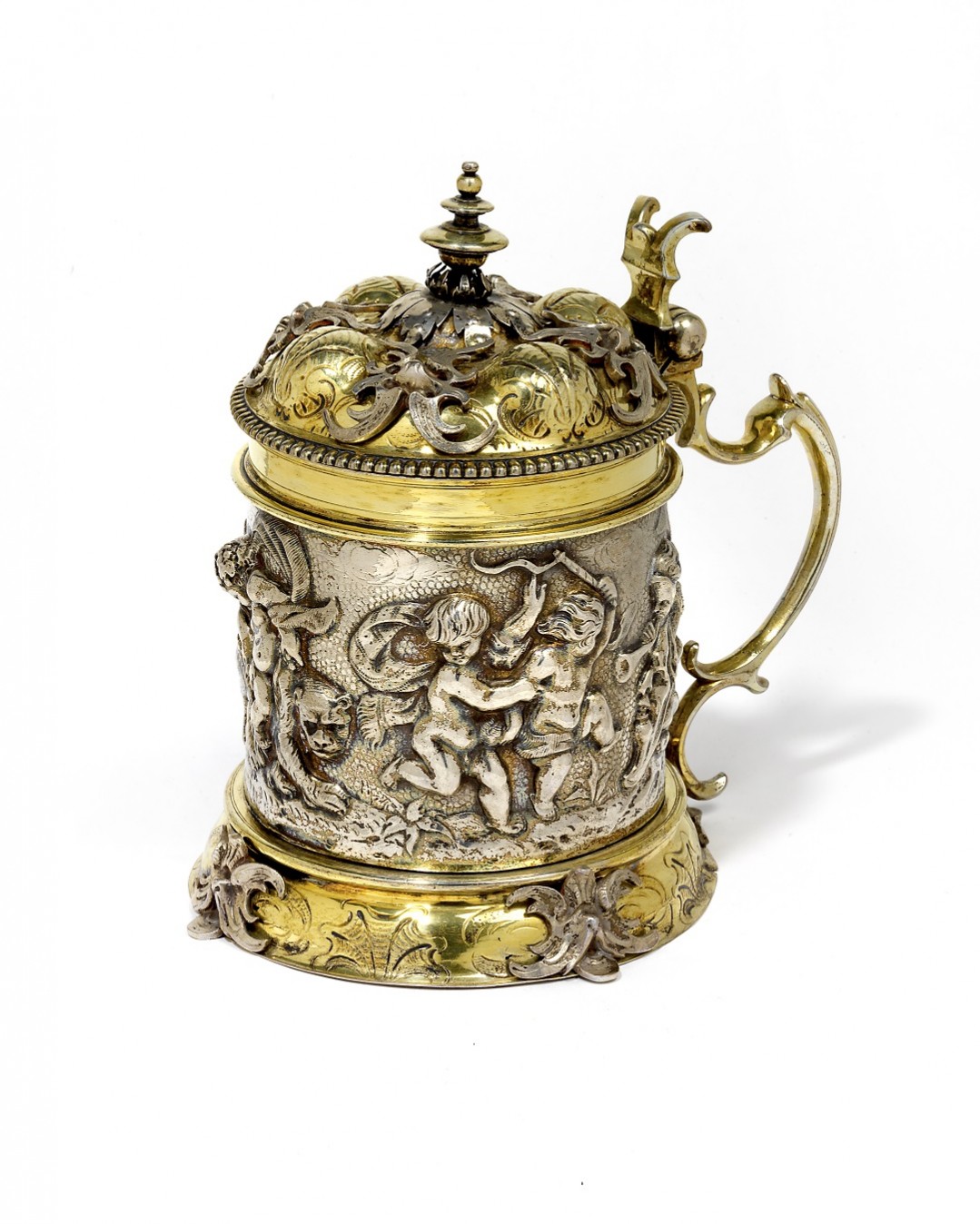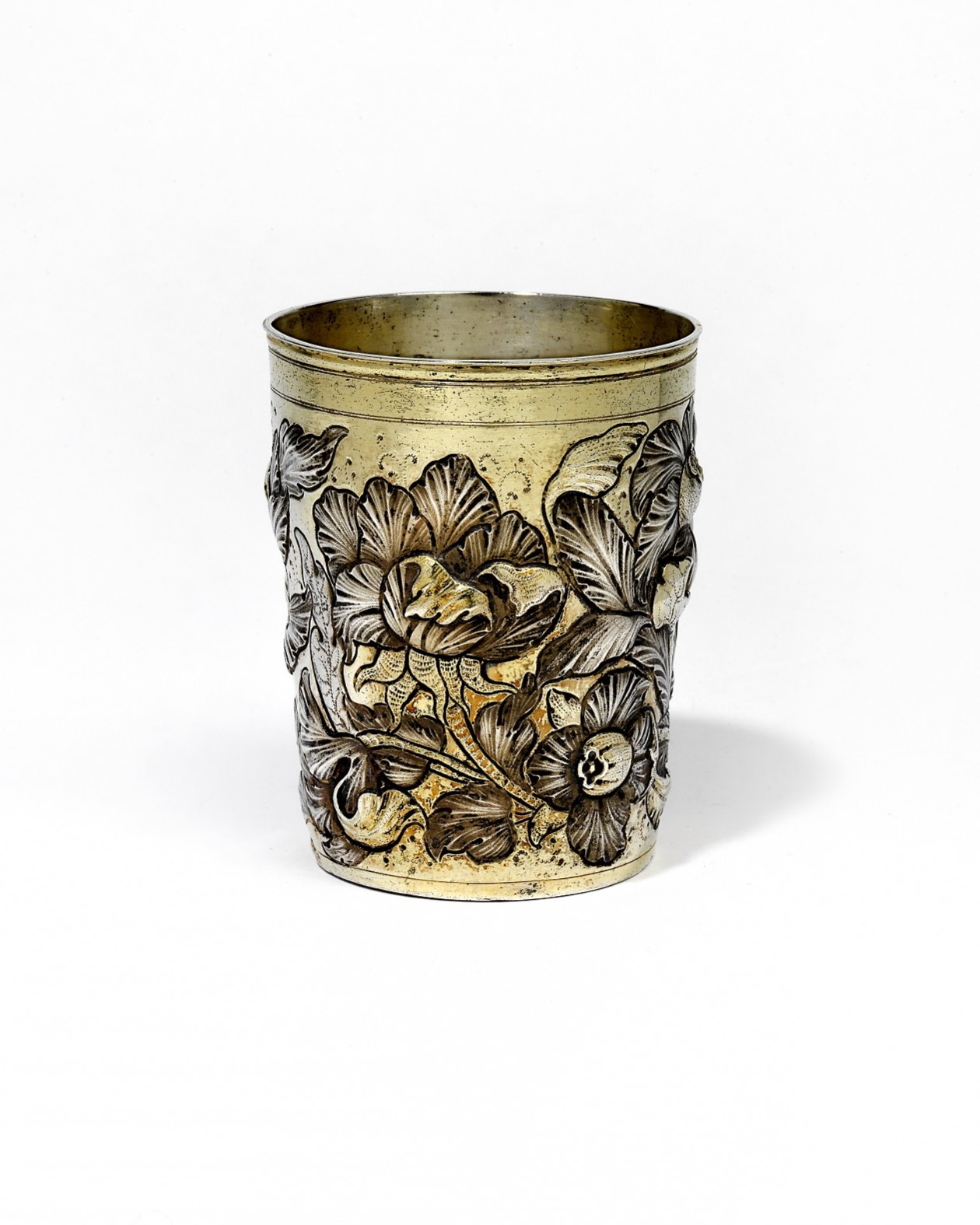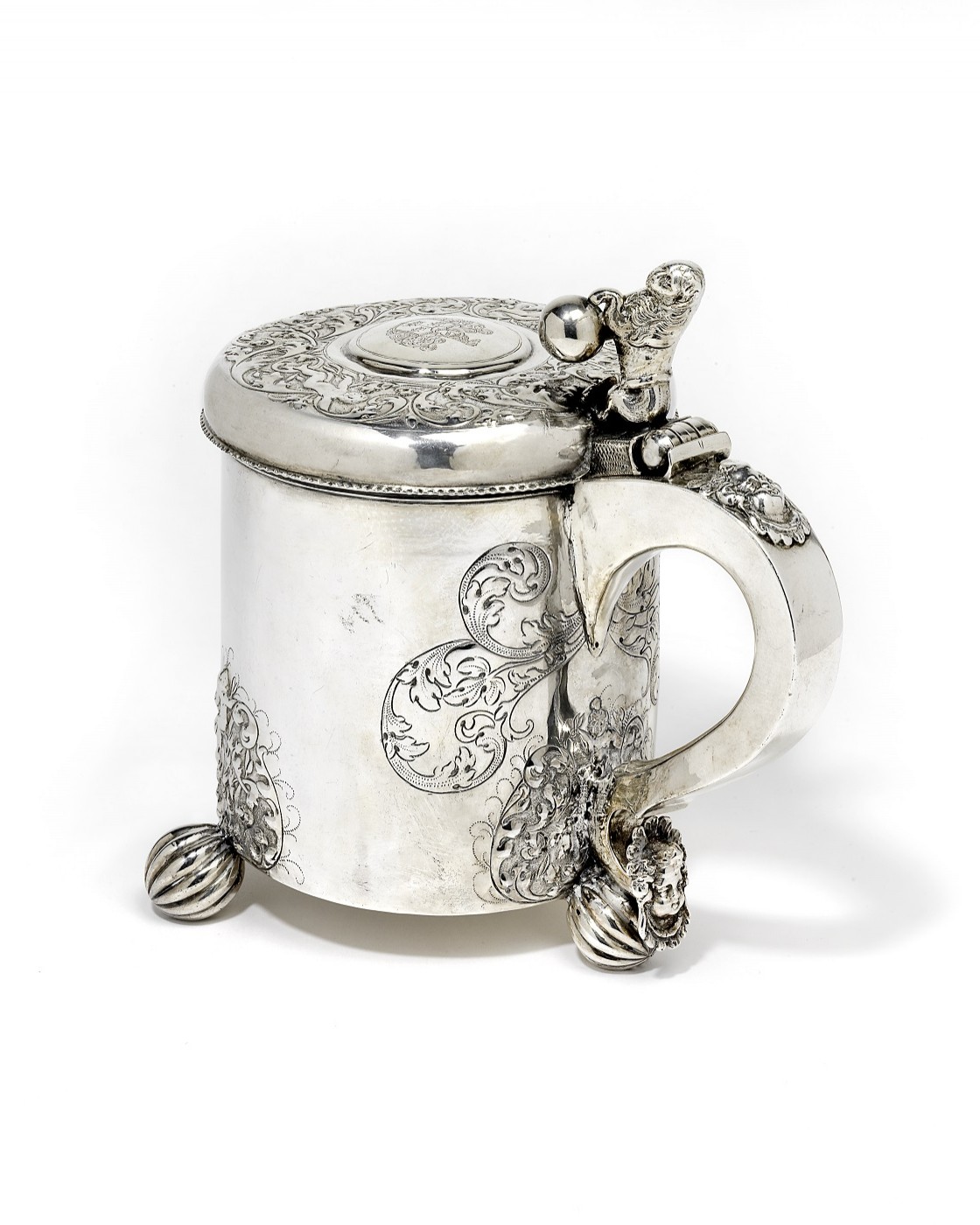European Silver from 1490 to 1830
The collection "European Silver from
1490 to 1830" is not on view in 2024.
The Liaunig silver collection provides insight into the art of European silver and goldsmithing from 1490–1830: beginning in the late Middle Ages and fading away shortly after the Napoleonic Wars in Europe. The focus is on the goldsmithing centres of Nuremberg and Augsburg, but it is particularly the pieces from the smaller centres of such art, which also form part of the collection, that provide a wonderful contrast with their diverse designs.
On display is a selection of around 90 sacred and secular silver pieces, which illustrate the development of the stylistic idiom – especially with regard to drinking vessels. In contrast to the subdued English objects of the late 18th century, the baroque tankards appear exuberant in their overflowing decoration and elaborate sculptural ornamentation. Classicism, on the other hand, is quite restrained, with a small amount of decoration over a large surface. The styles changed along with the times and the changing political and religious conditions. Various hallmarks, makers marks and other symbols of origin stamped into the soft raw materials of precious metals such as gold and silver provide information about the history of the individual pieces.
The presentation of the collection was curated and academically reviewed by Sonja Höpp. A richly illustrated catalogue with a foreword by Georg Ludwigstorff was published in April 2018 on the occasion of the opening of the exhibit.


